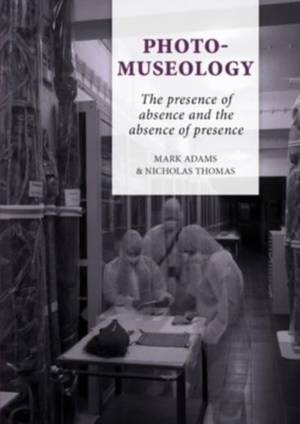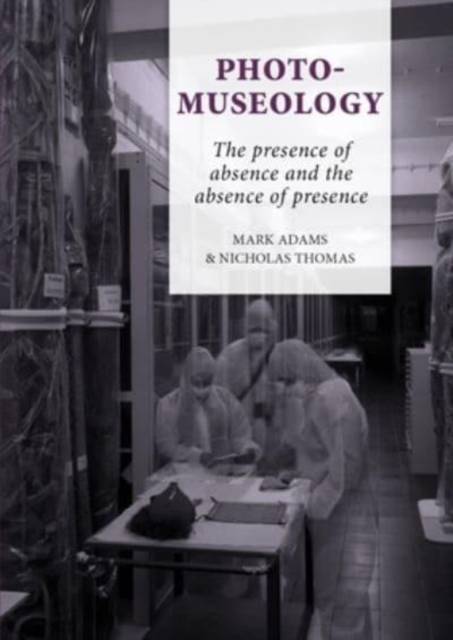
Door een staking bij bpost kan je online bestelling op dit moment iets langer onderweg zijn dan voorzien. Dringend iets nodig? Onze winkels ontvangen jou met open armen!
- Afhalen na 1 uur in een winkel met voorraad
- Gratis thuislevering in België vanaf € 30
- Ruim aanbod met 7 miljoen producten
Door een staking bij bpost kan je online bestelling op dit moment iets langer onderweg zijn dan voorzien. Dringend iets nodig? Onze winkels ontvangen jou met open armen!
- Afhalen na 1 uur in een winkel met voorraad
- Gratis thuislevering in België vanaf € 30
- Ruim aanbod met 7 miljoen producten
Zoeken
€ 85,00
+ 170 punten
Uitvoering
Omschrijving
Ethnographic museums, now often rebranded as collections of 'world cultures', appear permanently problematic, even as their contexts and the orientation of their activities change. Across Europe and elsewhere, curators and other museum staff are committed to dialogue and collaboration with the peoples from whom collections were made. But their vast assemblages of artifacts, removed from countries of origin primarily during the colonial period, and assumed, mostly inaccurately, to have been looted, seem always in question.
Photo-Museology arises from an art project undertaken over 25 years. From the early 1990s, Mark Adams and Nicholas Thomas together investigated sites of cross-cultural encounter in the Pacific and associated places in Europe, ranging from Captain Cook memorials to ethnographic museums. Some of those museums still exhibited colonial symbols and forms of knowledge, others had attempted to displace such histories, foregrounding more inclusive or progressive stories. Complementing the academic studies in the Pacific Presences series, this book offers what John Berger referred to as 'another way of telling'. Through photography, it revisits the places collections were made, and the places they ended up in. It is a meditation on presence and absence.
Photo-Museology arises from an art project undertaken over 25 years. From the early 1990s, Mark Adams and Nicholas Thomas together investigated sites of cross-cultural encounter in the Pacific and associated places in Europe, ranging from Captain Cook memorials to ethnographic museums. Some of those museums still exhibited colonial symbols and forms of knowledge, others had attempted to displace such histories, foregrounding more inclusive or progressive stories. Complementing the academic studies in the Pacific Presences series, this book offers what John Berger referred to as 'another way of telling'. Through photography, it revisits the places collections were made, and the places they ended up in. It is a meditation on presence and absence.
Specificaties
Betrokkenen
- Auteur(s):
- Uitgeverij:
Inhoud
- Aantal bladzijden:
- 474
- Taal:
- Engels
- Reeks:
Eigenschappen
- Productcode (EAN):
- 9789088906329
- Verschijningsdatum:
- 28/03/2023
- Uitvoering:
- Paperback
- Formaat:
- Trade paperback (VS)
- Afmetingen:
- 180 mm x 257 mm
- Gewicht:
- 957 g

Alleen bij Standaard Boekhandel
+ 170 punten op je klantenkaart van Standaard Boekhandel
Beoordelingen
We publiceren alleen reviews die voldoen aan de voorwaarden voor reviews. Bekijk onze voorwaarden voor reviews.











